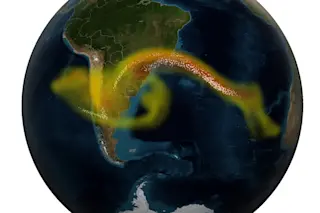The best that can be said about this is that at least Romm had the decency to include the photo credit this time. Obviously, my comment and post struck a nerve. Why Romm doubles down and insists on associating global warming with the Somalia famine is beyond me. It's like focusing on harsh winter weather for the freezing death of a homeless person. My post acknowledges that anthropogenic climate change could be an exacerbating factor in East Africa's drought. But my point, which Romm conveniently ignores, is that the Somali famine is wholly a man-made tragedy, in which global warming is not a relevant factor. In my post, I provide an array of experts who explain the main causes of the famine. Still, Romm wants to have it both ways, so he talks to USGS drought expert Chris Funk, who gets used like a pawn:
Funk agreed with me that ...













